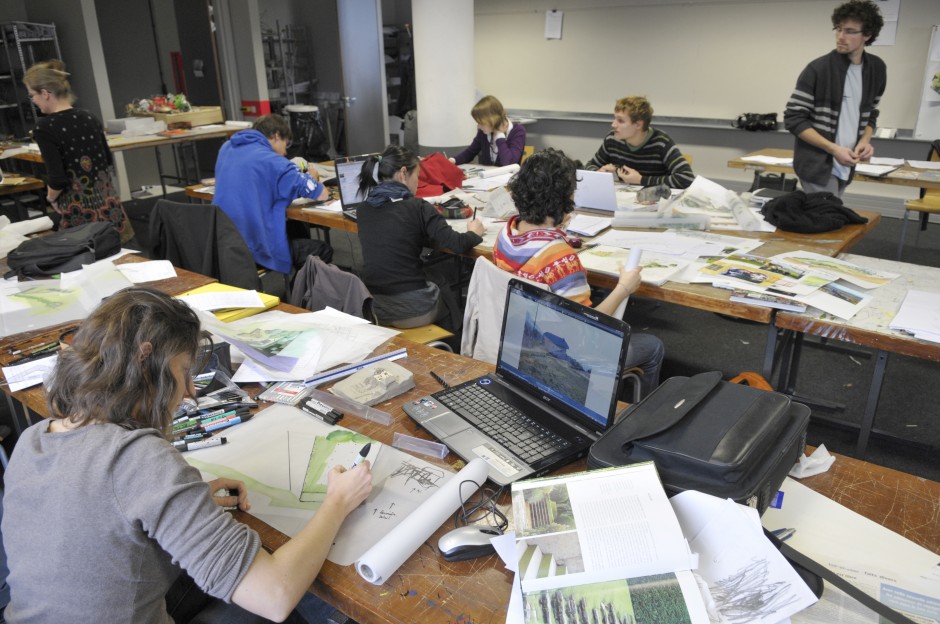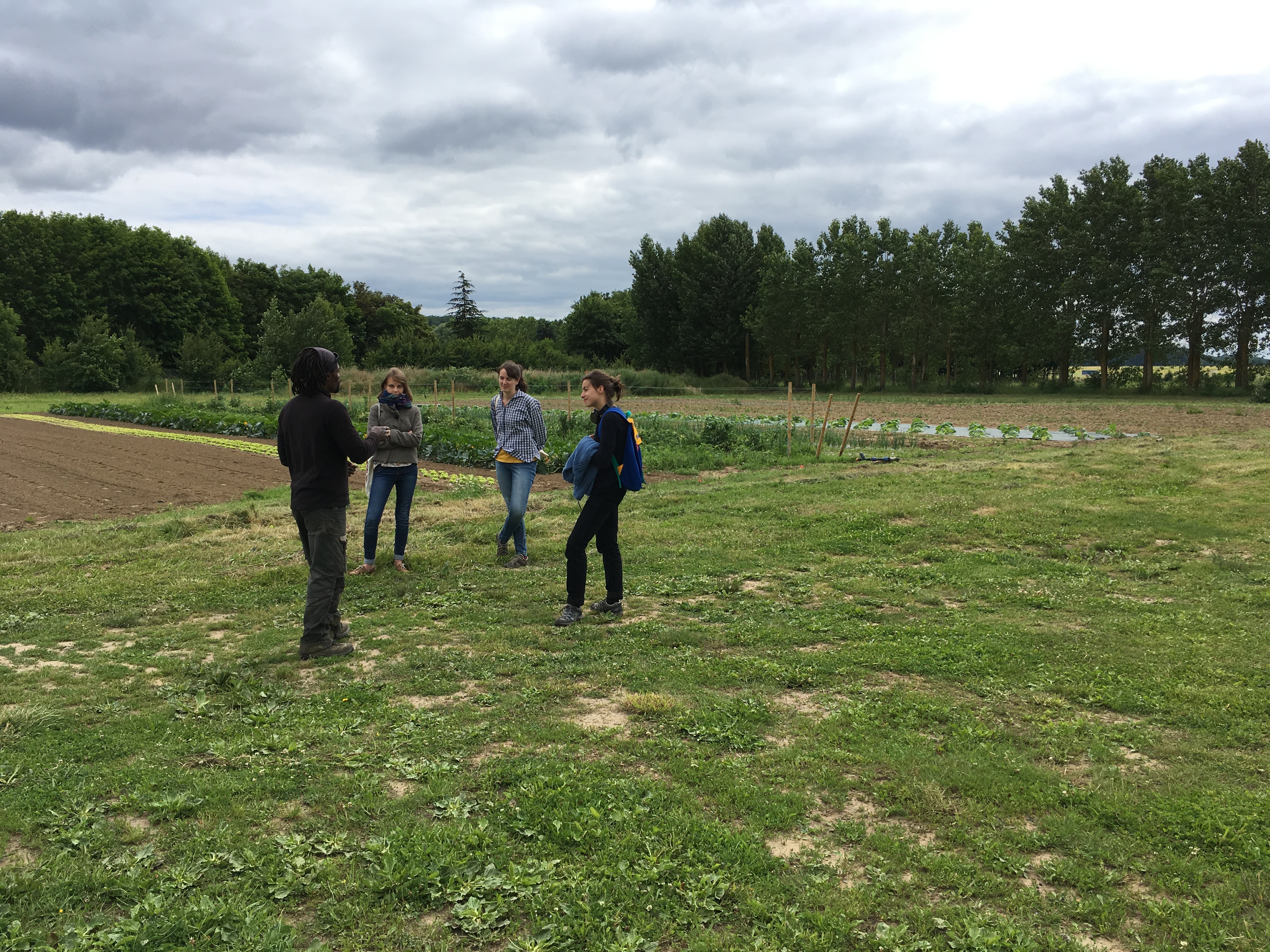THE COURSE
Landscape project exercises are central to landscape architects’ learning processes. This knowledge is acquired through a combination of technical, scientific and artistic teaching as part of the landscape design process. Over the course of the five-year programme (two years of preparatory studies + three years of DEP studies), this approach is developed and enriched by exposure to increasingly complex issues covering the analysis and development of landscape projects, as well as the personal development and growing independence of students.
The course is organised around theoretical and practical knowledge relating to the highly diverse subject of landscapes and the diagnostic, planning and design skills specific to the profession of landscape architect.
Five key areas underpin the training:
- Landscape design taught in workshops during the two-year preparatory cycle and the first two years of the DEP (vocational) course, and in the form of a final project (TFE – Travail de Fin d’Etudes) in the third and final year.
- Scientific and technical courses
- Engineering sciences in landscape design courses
- Humanities and social sciences courses
- Visual art and representation courses
The 5 years of training represent almost 3,700 hours of teaching plus five periods of work experience (one work experience placement each year) and the final project (TFE).
The teaching of landscape architecture
As an inhabited, visualised, cultivated and developed space, the landscape is in flux, and develops and evolves. The landscape is a project. Landscape design is both the starting point and the culmination of the programme.
A landscape design project approach plays a central role throughout the course.
Landscape design projects develop students’ intuition and spark their creativity. The aim is to acquire methods of analysis and diagnosis, leading to the definition of issues and objectives which result in individual or group projects.
The projects often begin with a site and a genuine issue. Students sketch out and develop a solution which they will design and implement.
Some subjects are produced in partnership with local authorities or companies. As a result, students are in contact with the people commissioning the work, project owners or professionals.
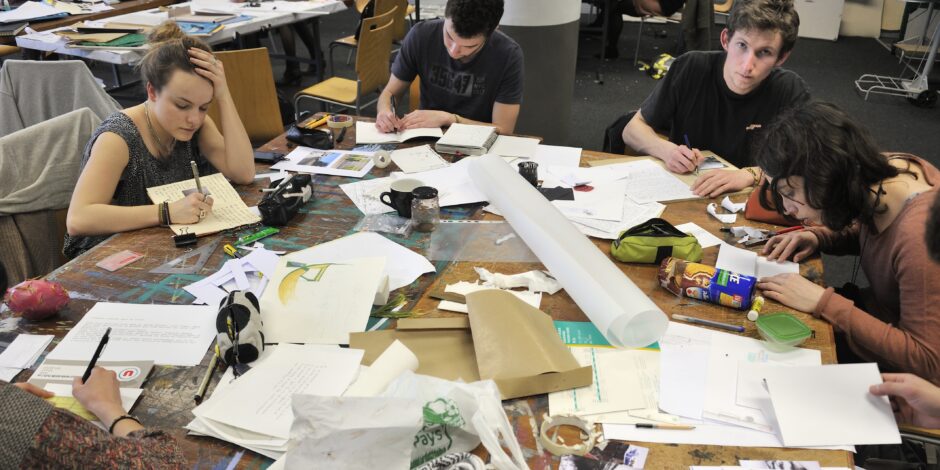
Scientific and technical courses
The sciences cover the disciplines necessary for understanding living organisms and for interpreting, understanding and analysing regions and landscapes, such as the biology, ecology, botany, pedology and geology. These disciplines lay the foundations for spatial analysis, data processing and geographic information through knowledge of mathematics, computer science, constructive geometry and Geographic Information Systems (GIS).
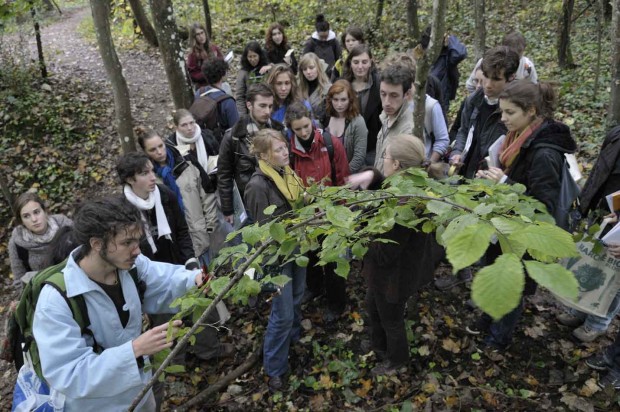
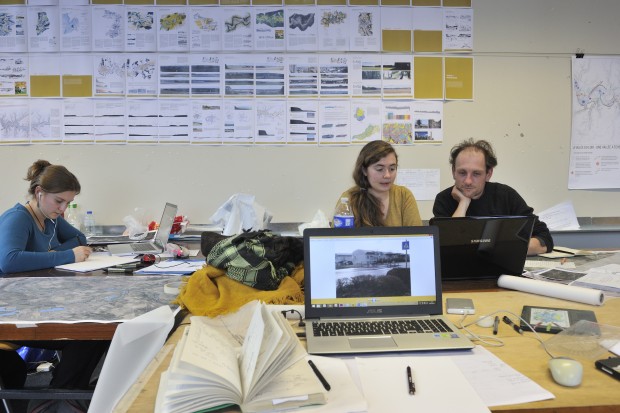
Engineering sciences in landscape design courses
Engineering sciences in landscape design encompass the knowledge required to implement a landscape design project, bearing in mind that mastery of these sciences must above all inform and serve the design of the project and not be limited to the application of standardised formulas. These courses cover a wide range of topics, including roads and utilities, hydrology, the use of plants and the acoustic and lighting aspects of landscape design projects.
Humanities and social sciences courses
These courses cover many areas, including the culture and history of landscapes, the history of towns and urban representation, urban and rural geography, urban planning and landscape law, land use planning and regional policies.
The aim is to train landscape architects who are knowledgeable about the social and professional environment in which they will be working and to help develop people who are capable of being committed to a cause and showing initiative. Landscape project commissions are largely decided by local authorities, which is why it is important to understand their organisation, governance and responsibilities.
Mastery of the English language is part of these courses, and accreditation to IELTS level 6 is compulsory in order to start the degree year.
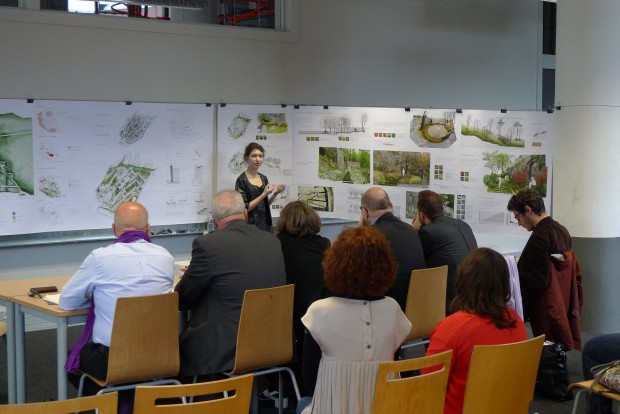
Visual art and representation courses
Drawing, colour psychometrics, graphic representation techniques, photography and computer graphics are developed throughout the five-year course. The aim of these courses is to develop mastery of the visual language through the observation of reality and its representation using different techniques and different media. Visual composition, framing, setting and layout are a constant focus.
It is important to consider that any production of images or representations involves a process of analysis and constitutes, in a sense, a project in itself.
The essential elements then come into play in this project space, where it is necessary to:
- Imagine and create with ‘objects’ whose representation makes it possible to give concrete form to an idea, invent a possibility and tell a story.
- Approach the image not from the perspective of emotion and aesthetic pleasure, but from that of its meaning.
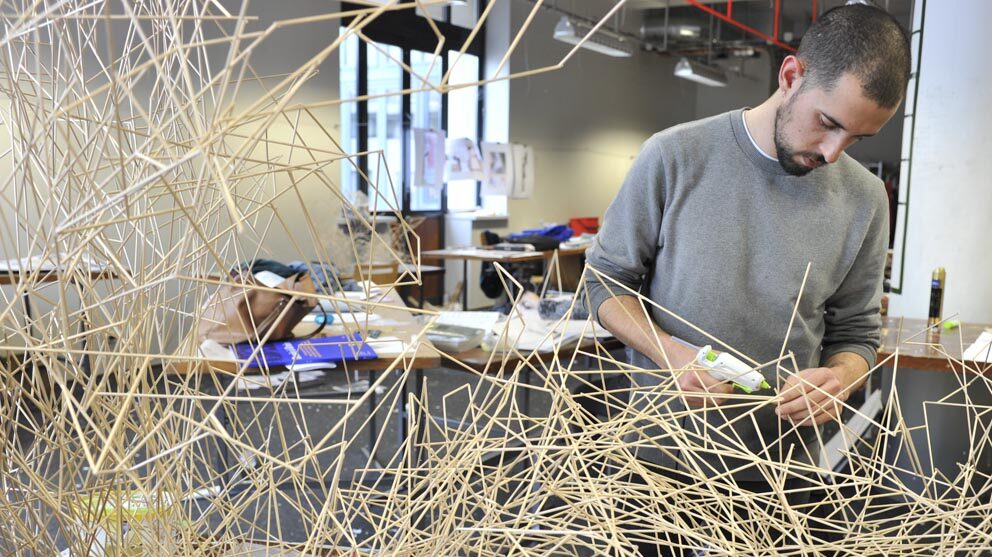
DUAL DEGREE
A Diplômé d’État (national degree) in Landscape Architecture and a Diplômé d’État in Architecture in 7 years with the École d’Architecture de la Ville & des Territoires – PARIS EST
The École d’Architecture de la Ville des Territoires Paris-Est and the École de la Nature et du Paysage INSA Centre Val de Loire have jointly developed a teaching programme which enables their students to obtain both the Diplôme d’État in Landscape Architecture awarded by INSA Centre Val de Loire and the Diplôme d’État in Architecture awarded by the École d’Architecture de la Ville des Territoires Paris-Est.
This dual degree reflects our institutions’ commitment to meet the challenge of engaging towns, cities and regions in a practical response to the requirements of the ‘ecological transition’.
We want to offer students the opportunity to cross-reference and pool our teaching in order to give them the means to think and act within a constantly changing and complex environment. Our shared objective is to enable them to develop their future design practices.
With this dual degree, we are affirming our shared desire to bring about a new approach to spatial planning. The idea of a landscape designer who is also an architect and an architect who is also a landscape designer opens up real prospects for the skills of professionals at the interface of project disciplines.
Download the ENP brochure 2024-2025
Download the dual degree flyer with EAV&T Paris Est
Download the ENP curriculum syllabus


